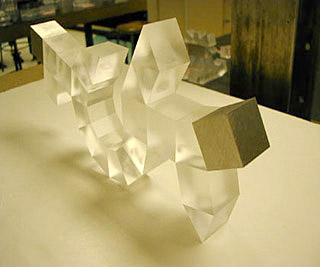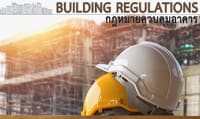Description
In this course, you will learn:
- Understand fundamental concepts regarding curves with relation to actual applications in engineering and architecture.
- Understand mathematical, physical, and graphic representation principles and techniques, which are vital to science and technology.
- Develop the ability to model reality by using problem-solving strategies and computational tools that will be valuable during their training and in their future professional activities.
- Develops reflexive, innovative, and effective problem-solving skills.
- To present the mathematical definition of curves, work with various parametrizations, and investigate the concept of differentiability.
- To analyze curves locally, consider the concept of curve length, curvature for plane and space curves, and torsion for space curves.
- Introduce the notion of surface.
- To thoroughly investigate three mathematical principles that will assist the student in solving the problem provided in the course.
- To gain a better understanding of transition curves and other important challenges in road geometric design.
- To introduce the student to the concept of Bézier curves, a type of curve that is very useful for design.
- To describe the polar shape (also known as flower) of B-spline curves, use a tool that connects the curve's points to its control polygon.
Syllabus:
- Part I: Curves in construction and architecture.
- Part II: Curves in road safety.
- Part III: Curves in industrial design and manufacturing.









